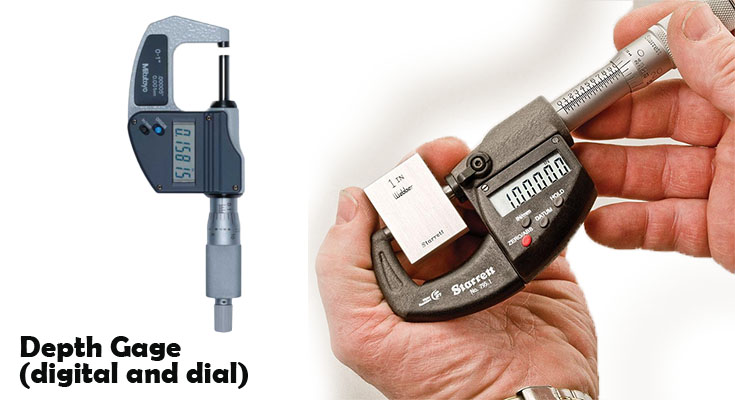
Calibrating Gage Drift in Your Dimensional Gages
If your gages haven’t been reading properly through intense usage, they’re probably in need of calibration. Here are some tips to ensure your time in the shop or the field is utilized best.
Why Do Gages Drift?
There’s a variety of common issues with gages that often have simple solutions. Most gages have been:
- Used in inclement weather: weather damage is common with gages. They’ll freeze up or even melt some of the internal functionalities of your gage, which massively impacts accuracy.
- Shock or collision: collisions and any kind of forceful contact to gages will also lead them to read wrong.
- Shifts in usage: whether or not the gage is used in a closed environment or out in the field will also impact its accuracy. You should attempt to keep systems and equipment within a controlled space as consistently as possible. Otherwise, more variables will modify your results, regardless of

